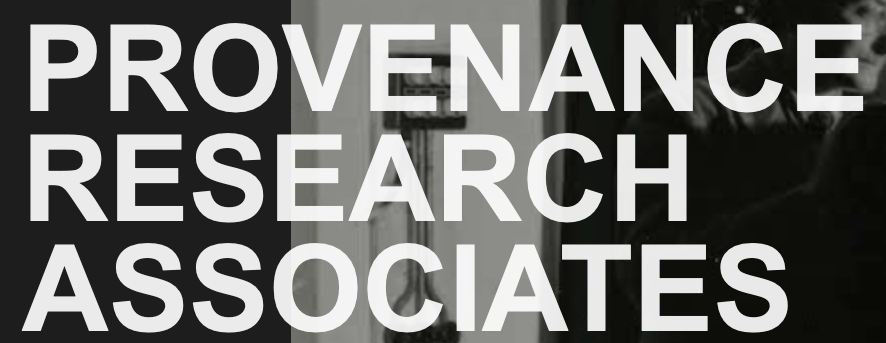PLUNDERED – BUT BY WHOM? Protectorate of Bohemia and Moravia and Occupied Europe in the Light of the Nazi-Art Looting
21 – 22 October 2015
The Convent of St. Agnes of Bohemia in Prague
6th international conference on the confiscation, thefts and transfers of works of art as a result of Nazi rule over Czechoslovakia and Europe during the Second World War and in the post-war period organized by Documentation Centre for Property Transfers of Cultural Assets of WWII Victims p.b.o.
The conference is held under the auspices of the President of the Czech Republic Miloš Zeman, Prime Minister of the Czech Republic Bohuslav Sobotka, Minister of Foreign Affairs of the Czech Republic Lubomír Zaorálek and Minister of Culture of the Czech Republic Daniel Herman.
Panel 1: Protectorate of Bohemia and Moravia and the post-war development of the State – historical overview
Chair: Helena KREJČOVÁ
Mečislav BORÁK: Main Features of the Occupation Policy in the Protectorate of Bohemia and Moravia and in the Rest of the Czech Lands
Jan GEBHART: Occupation and Protectorate Administration with Regard to the Works of Art
Monika SEDLÁKOVÁ: Establishment and Operations of the Eisatzstabs in the Protectorate of Bohemia and Moravia
Jan MACHALA: Confiscation of Jewish Musical Instruments Based on Example of the Jews in Prostějov (1942)
Panel 2: Protectorate of Bohemia and Moravia and the post-war development of the State – the legal overview
Chair: Stanislav BALÍK
Vilém KNOLL/Jakub HABLOVIČ: The Issue of the Refugees in the Year 1938 and its Solution
Jaromír TAUCHEN: Protectorate of Bohemia and Moravia and the Law
Pavel MARŠÁLEK: Nazi Occupation of the Czech Lands, Nurnberg Trial and the International Law of War
Jan KUKLÍK: Presidential Decrees and the Restitution of Jewish Property
Panel 3: Occupied Europe – historical and legal overview
Chair: Jiří ŠITLER
Kamil ZEIDLER: Art Looted during World War II in Occupied Poland – Legal Perspective
Francesca CAVAROCCHI: Restitution in Italy between Diplomacy and Political Use
Antonija MLIKOTA: After War Restitution and the Case of Museum St. Donat in Zadar
Inês FIALHO BRANDÃO: A Neutral Unknown. Portugal and the International Trade in Looted Art during the Second World War
Panel 4: Government offices and their role in tracing looted art
Chair:Tomáš KRAUS
Uwe M. SCHNEEDE: The New German Center Lost Cultural Property – Deutsches Zentrum Kulturgutverluste
Thierry BAJOU: MNR and the Collection of Josef Wiener from Prague
Agata MODZOLEWSKA/Karina CHABOWSKA: Polish Government Progress in the Area of Looted Art
Ulrike SCHMIEGELT – RIETIG: The Central Office for Provenance Research in Hesse the Landesmuseum
Wiesbaden
Agnes PERESZTEGI: Recent Developments on the Field of Professional Standards of Provenance Research – Towards a Unified Approach about the Identification of Looted Cultural Assets in European Museums
Panel 5: Identification of looted cultural assets in the Bohemian and Moravian museums and libraries
Chair: Pavel HLUBUČEK
Václav ERBEN: The Fate of Some Significant Art Prominent Collections during the Protectorate and after the WW II.
Johana PROUZOVÁ: Research of Wartime Deposits in the Museum of Decorative Arts, Prague
Michal NOSEK: Research of Hebrew Prints Deposited in the National Library in Prague
Sophie COEURÉ: Looted Art and Libraries: a Challenge for Post-War Relationships between France
and Czechoslovakia
Panel 6: Identification of looted cultural assets in European museums
Chair:Martin REISSNER
Imma WALDERDORFF: Castle Klessheim – Adolf Hitler ́s Guesthouse And Its Unknown Inventory
Meike HOFFMANN: Hildebrand Gurlitt and his Dealings with German Museums during the „Third Reich“
Margreeth SOETING: The Stedelijk Museum & the Second World War: From Provenance Research to Exhibition
Patricia KENNEDY GRIMSTED: Tracing Pan-European Looted Art in Russia – The Case of the Erich Koch Collection
Nawojka CIEŚLIŃSKA-LOBKOWICZ: The postwar changing fortunes of works of art orphaned by Jewish artists
murdered in Nazi occupied Poland
(…more at CDMP website…)
